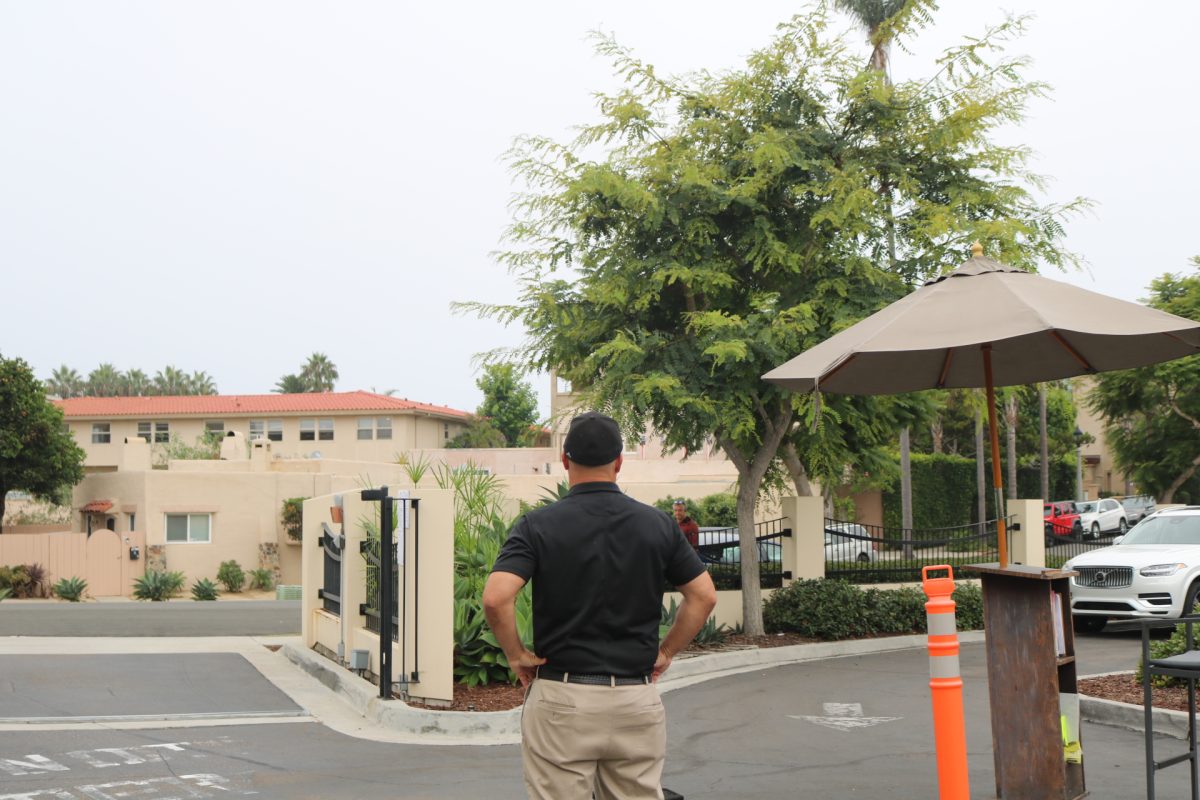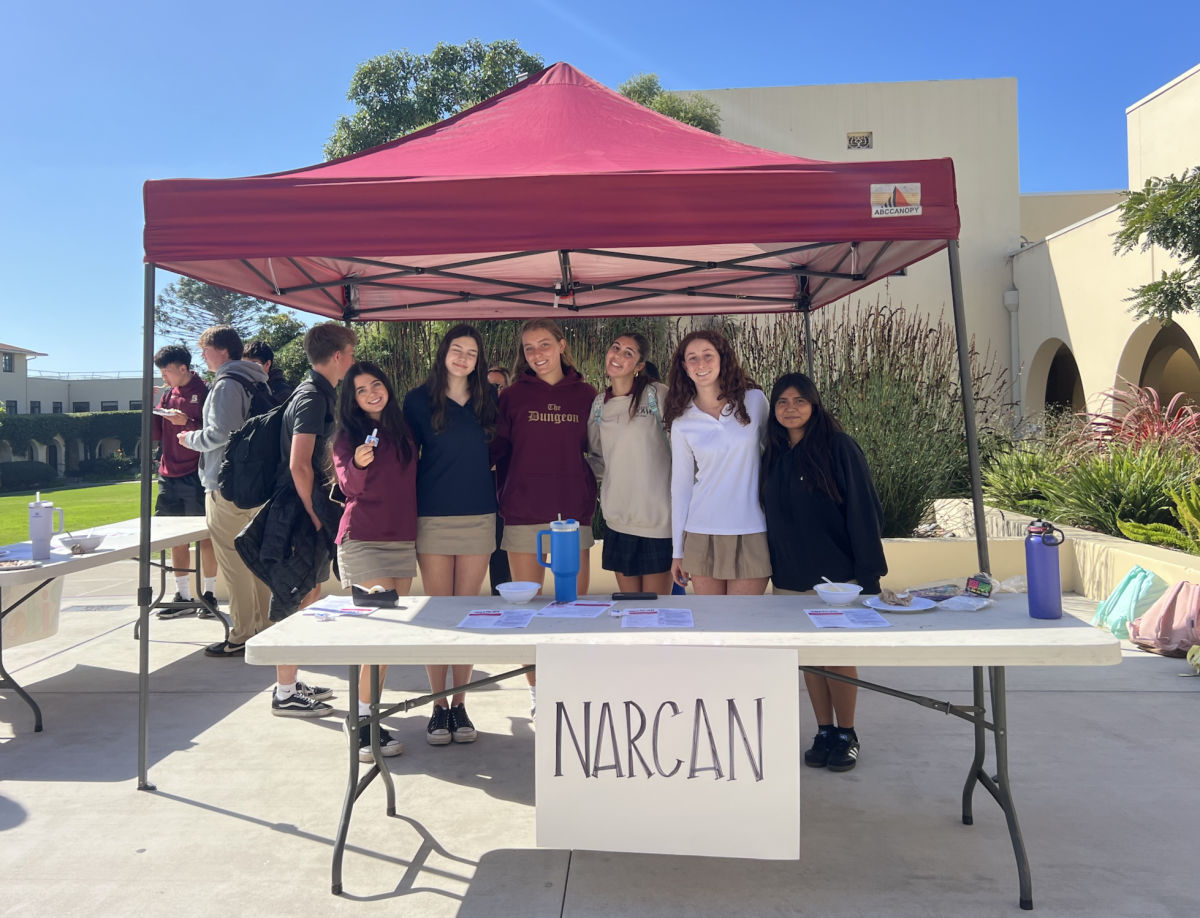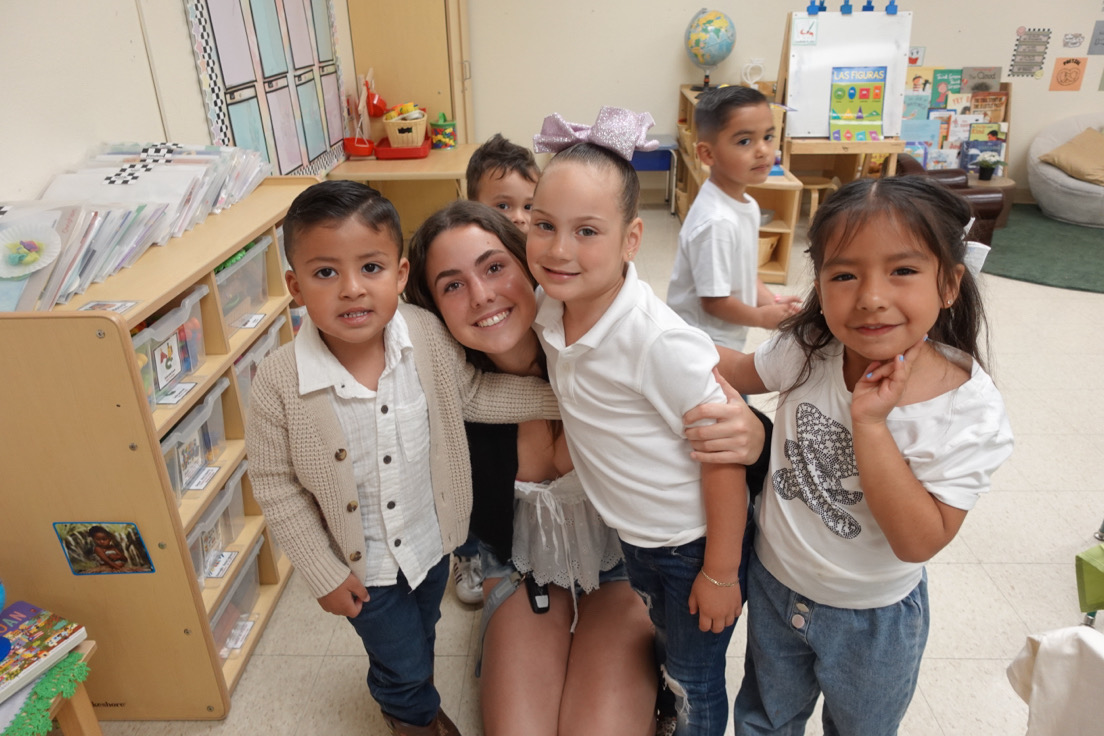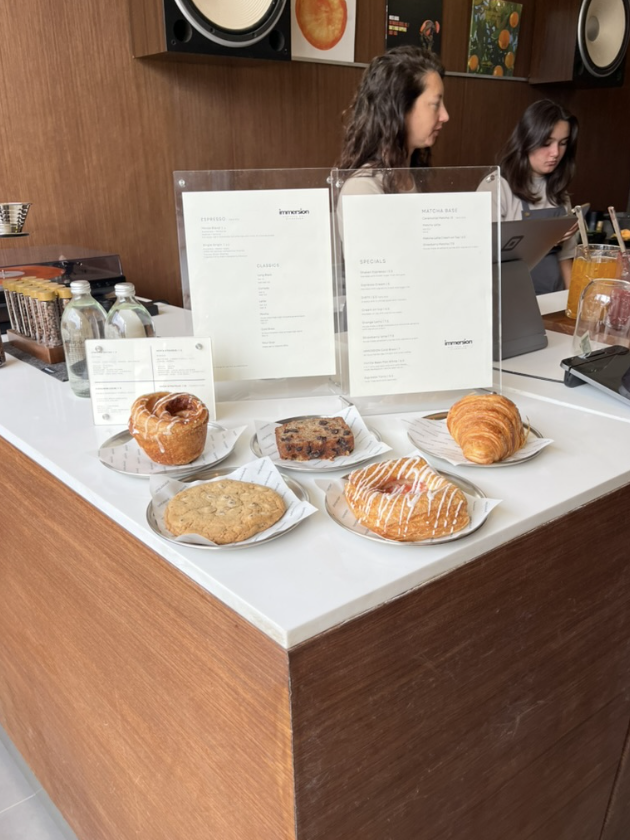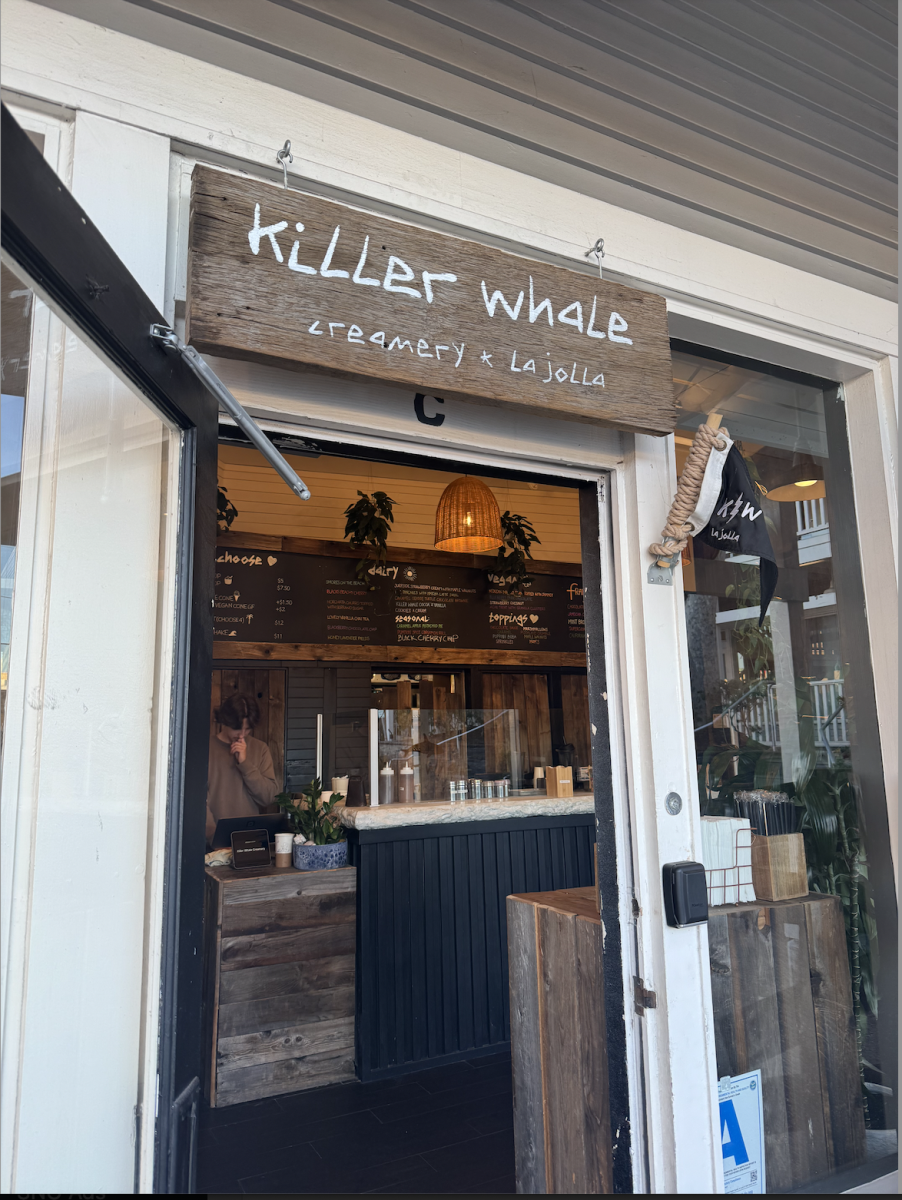The 45th school shooting of 2024 took place on September 4 at Apalachee High School in Winder, Georgia. Two teachers and two teenagers were left dead when a student opened fire in the hallway. Grief is cut short by the question: who’s next? And how will schools, such as Bishop’s, prevent another tragedy?
School shootings continue to raise urgency about the safety measures that must be put into place to protect students and faculty. States such as Texas have taken legislative action. In 2023, the Texas legislature passed House Bill 3, stating that every public school campus needs at least one armed guard present during school hours.
Some teachers find the presence of armed guards a critical step in enhancing schools’ security. According to Pew Research Center, 36% of public K-12 teachers surveyed who have an armed guard on campus say the school is well prepared for an active shooter, compared to the 22% of teachers from schools without an armed guard. Additionally, 49% of public K-12 teachers surveyed say having a police officer or armed guard would prevent school shootings.
So why aren’t all states passing laws similar to Texas’ House Bill 3? Well, when a similar bill was introduced in California for public schools, controversy arose. The bill did not pass. A main concern was that the presence of law enforcement officers would prevent healthy development of children in schools. Ana Mendoza, Director of Education Equity with American Civil Liberties Union Southern California, said, “Students of color and students with disabilities are especially vulnerable to discriminatory arrests when police have a presence in schools, and our schools should be a place of learning for youth where we prevent conflict through school counselors not through law enforcement.”
Beyond stunting student development and increasing discrimination, the effectiveness of armed guards is questionable. According to a study published by the National Library of Medicine, there is no significant difference in injuries when armed guards are present during a school shooting. In the case of a shooting, an armed guard can do little to de-escalate the crisis. In fact, on average, school shootings with an armed guard result in 2.83 times many casualties as opposed to those without an armed guard. The National Library of Medicine explains that “the presence of a weapon increases aggression. Whenever firearms are present, there is room for error, and even highly trained officers get split-second decisions wrong.”
While these statistics provide valuable insight into national trends in school shooting prevention, Bishop’s views on school shooting prevention differ.
Based on the preventative measures Bishop’s has put into place, it does not seem that armed guards would be a needed addition. Dean of Students Ms. Michelle Shea mentioned, “I think that adding [armed guards] to campus would be an enormous sea change… nothing suggests to me that we are in a place where it’s necessary to go down that road.”
Instead of that measure, Bishop’s has locked gates, practices lock-down drills, and has security guards on campus.
But what else could be done? Many people at Bishop’s, including Ms. Shea, think the campus could be more secure. “A strong perimeter is important,” Ms. Shea said. For example, Ms. Shea said that having only one entrance would make the campus more secure, however, it is not very practical.
Candace Dada (‘25), a leader of Students Demand Action (SDA), a student-led club raising awareness about gun violence, added, “I think gates around campus should have more secure codes so it’s not as accessible for anyone to just come in.” Before and after school, the gates are unlocked; however, during the school day, the gates are locked, and no students should know the code. In contrast, Sofia Hayden, 25’ said, “All my friends know the gate code.”
In addition to campus security, having distinct protocols is another factor that can prevent school shootings. Every school has a different protocol according to what makes the most sense for the safety and well-being of the students you are trying to protect. For example, Bishop’s practices lock-down drills where teachers lock the doors, turn off the lights, close the blinds, and instruct students to stay silent.
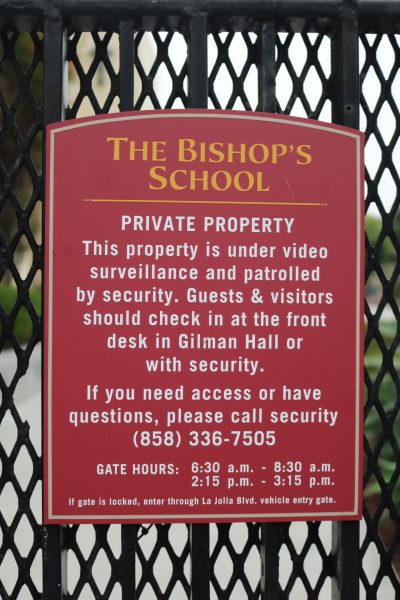
Bishop’s practices drills to be prepared for a shooting. Having a specific protocol is only effective if it is learned, practiced, and known by everyone. Shelley Zimmerman, retired San Diego Chief of Police, said, “You can write down the protocols, but they do no good if not known by everyone, practiced and followed.” Chief Zimmerman highlighted this by telling a story about Rick Rescola, who, as the director of security at the Morgan Stanley financial firm in the Twin Towers World Trade Center, made sure everyone knew the protocols for evacuation. He often held drills to reinforce these protocols and to ensure everyone was trained and understood what to do in case of an emergency. That emergency came on September 11, 2001. Chief Zimmerman said Rick “saved thousands of lives that day because people knew what to do.”
This story serves as a powerful example of how preparation can save lives.
However, preparation is only half of the solution. The root cause of school shootings lies in the history the shooter has with the school. Ms. Shea said, “Most school shooters are connected to the community they attacked.” Moreover, Chief Zimmerman explained that some school shooters are kids who were bullied in their school or felt isolated. A study done in 2022 by National Education Statistics stated that 19% of children from the ages of 12 to 18 reported getting bullied at school. However, according to K-12 Dive, an online journalism platform for news about K-12 education, from the years 2008 to 2017, 80% of 35 school shooters were bullied, and 57% were bullied for a long duration of time.
At Bishop’s, school programs such as Peer Support aim to keep our campus safe. Having resources for students and programs to maintain a kind community goes very far; it keeps students happy and, most importantly, safe.
While Bishop’s is taking many steps to prevent school shootings, we can help by treating each other with kindness and looking out for each other. We all have an important duty to look out for one another and alert an adult if something seems strange. According to Sandy Hook Promise, an organization aiming to protect children from gun violence, almost every school shooting from a student had warning signs that went overlooked – they were preventable. Make it clear to any student who seems off or isolated that resources are available – for example, the guidance counselors. Oftentimes, the power of observation, empathy, and kindness can be a great deterrent to gun violence at schools. Armed guards are one deterrent, but we all can and should do our part. Chief Zimmerman wonderfully and simply said, “It costs nothing to be kind.”


